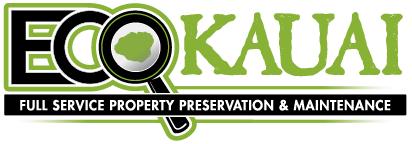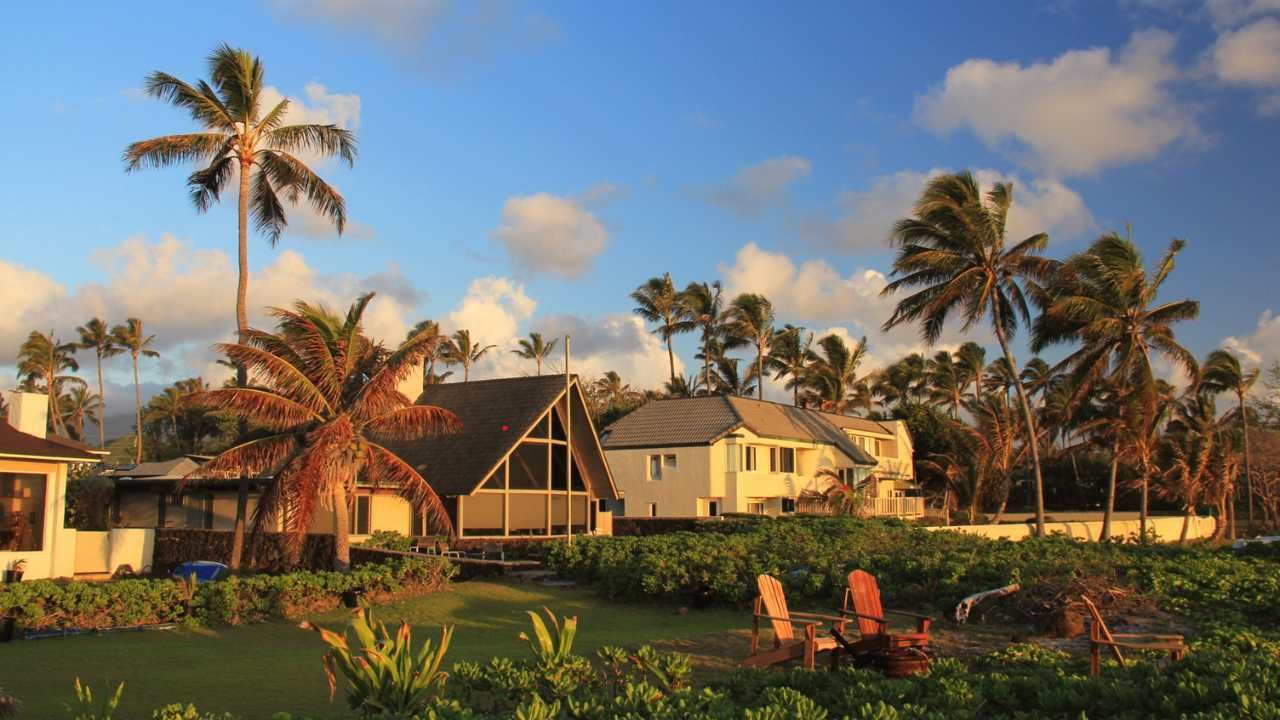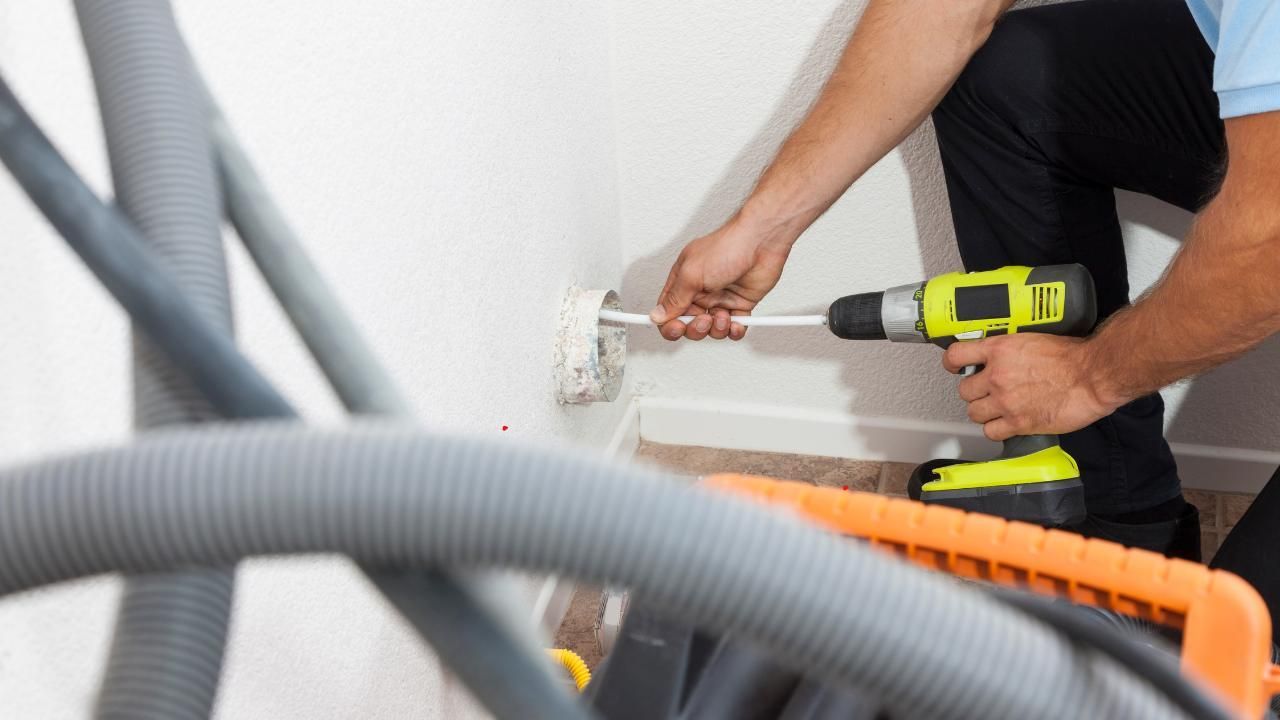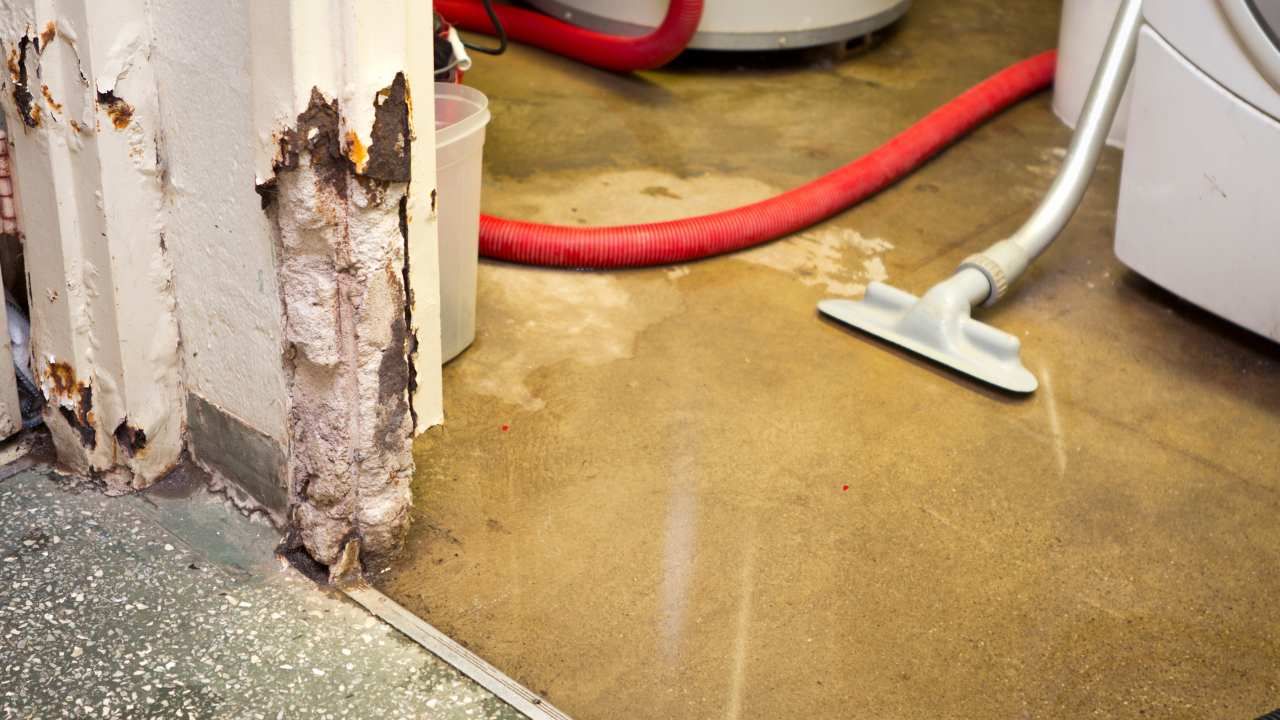The Health Risks Associated with Mold Exposure in Hawaii
Looking Out For Mold Exposure Symptoms

Mold exposure is a significant concern for residents of Hawaii due to the warm, humid climate that provides optimal conditions for mold growth. While mold is a common occurrence in many homes and buildings, its presence can pose serious health risks to occupants. In this comprehensive guide, we'll explore the health risks associated with mold exposure in Hawaii, the symptoms of mold-related illnesses, and essential strategies for mold prevention and mold remediation.
Understanding Mold Growth in Hawaii
Hawaii's tropical climate, characterized by high temperatures and humidity levels, creates ideal conditions for mold growth. Mold thrives in warm, damp environments, making Hawaii homes particularly susceptible to infestations. Common sources of moisture in Hawaii homes include air conditioning units, leaky roofs, plumbing leaks, and inadequate ventilation. When moisture accumulates indoors, it can lead to mold growth on surfaces such as walls, ceilings, floors, and furnishings. Contact ECO Kauai Services for expert advice on managing and preventing mold in your Hawaiian home.
Health Risks of Mold Exposure
Exposure to mold can have serious health consequences, particularly for individuals with pre-existing respiratory conditions, allergies, or compromised immune systems. Mold produces allergens, irritants, and in some cases, toxic substances known as mycotoxins, which can trigger a range of adverse health effects. Common health risks associated with mold exposure include:
- Allergic Reactions: Mold spores can trigger allergic reactions in sensitive individuals, leading to symptoms such as sneezing, coughing, wheezing, runny or stuffy nose, itchy eyes, throat irritation, and skin rashes. Allergic reactions to mold can be especially severe in individuals with asthma or other respiratory conditions.
- Respiratory Issues: Prolonged exposure to mold can exacerbate existing respiratory conditions such as asthma and bronchitis, and may even contribute to the development of respiratory infections. Mold spores can irritate the airways, causing inflammation, congestion, chest tightness, shortness of breath, and difficulty breathing.
- Sinus Infections: Mold exposure can increase the risk of sinus infections, sinusitis, and other upper respiratory tract infections. Mold spores can irritate the mucous membranes lining the sinuses, leading to inflammation, congestion, facial pain or pressure, headache, and nasal discharge.
- Skin Irritation: Direct contact with mold or mold-contaminated surfaces can cause skin irritation, redness, itching, and rashes, particularly in individuals with sensitive skin. Mold spores and mycotoxins may also be absorbed through the skin, potentially leading to systemic health effects.
- Neurological Symptoms: Some individuals exposed to mold may experience neurological symptoms such as headaches, dizziness, difficulty concentrating, memory problems, and mood changes. These symptoms are thought to result from the neurotoxic effects of certain mold species and mycotoxins on the central nervous system.
- Immunological Effects: Mold exposure can suppress the immune system and increase susceptibility to infections, autoimmune disorders, and other immune-related conditions. Chronic exposure to mold may compromise the body's ability to mount an effective immune response, leaving individuals more vulnerable to illness.
Preventing Mold-Related Health Risks
Preventing mold-related health risks begins with addressing the underlying causes of mold growth and implementing effective prevention strategies. Here are some essential steps for preventing mold-related health risks in Hawaii homes:
- Control Moisture Levels: Keep indoor humidity levels below 60% to prevent mold growth. Use dehumidifiers and air conditioners to reduce humidity levels in humid areas such as bathrooms, kitchens, and basements. Fix any leaks or water damage promptly to prevent moisture buildup.
- Improve Ventilation: Ensure proper ventilation in all areas of your home to promote air circulation and reduce moisture accumulation. Use exhaust fans in bathrooms, kitchens, and laundry rooms to remove excess moisture and prevent condensation. Open windows and doors to allow fresh air to circulate throughout the home.
- Use Mold-Resistant Materials: Use mold-resistant building materials such as mold-resistant drywall, paint, and insulation to minimize the risk of mold growth. These materials are designed to resist moisture and mold growth, making them ideal for humid environments like Hawaii.
- Clean and Maintain Regularly: Clean and maintain your home regularly to prevent mold growth. Vacuum carpets and upholstery regularly, and clean surfaces with a mild detergent and water solution. Pay special attention to areas prone to moisture, such as bathrooms, kitchens, and basements.
- Monitor Indoor Humidity: Use a hygrometer to monitor indoor humidity levels and keep them within the recommended range (30-60%). High humidity levels can promote mold growth, while low humidity levels can cause dryness and discomfort. Use a humidifier or dehumidifier as needed to maintain optimal humidity levels.
- Address Water Damage Promptly: Address any water damage or leaks in your home promptly to prevent mold growth. Inspect your home regularly for signs of water damage, such as discoloration, warping, or peeling paint, and repair any issues immediately. Dry and clean water-damaged materials within 24-48 hours to prevent mold growth.
- Improve Outdoor Drainage: Ensure proper drainage around your home to prevent water from pooling near the foundation and seeping into the basement or crawl space. Clean gutters and downspouts regularly, and direct water away from the foundation with downspout extensions and sloping landscaping.
- Seal Cracks and Openings: Seal cracks, gaps, and openings in your home's exterior to prevent water intrusion and moisture infiltration. Use caulk or weatherstripping to seal gaps around windows, doors, and utility penetrations, and repair any damaged or deteriorated siding or roofing materials.
- Use Mold-Inhibiting Products: Use mold-inhibiting products such as mold-resistant paint, sealants, and cleaners to prevent mold growth on surfaces. These products contain ingredients that inhibit the growth of mold and mildew, helping to keep your home clean and mold-free.
Mold exposure poses significant health risks to residents of Hawaii, particularly in the warm, humid climate that promotes mold growth. From allergic reactions and respiratory issues to sinus infections and neurological symptoms, mold-related health effects can be severe and debilitating. Contact us to understand the causes of mold growth, recognize symptoms of mold-related illnesses, and implement effective prevention strategies to protect yourself and your family from these health risks associated with mold exposure.




